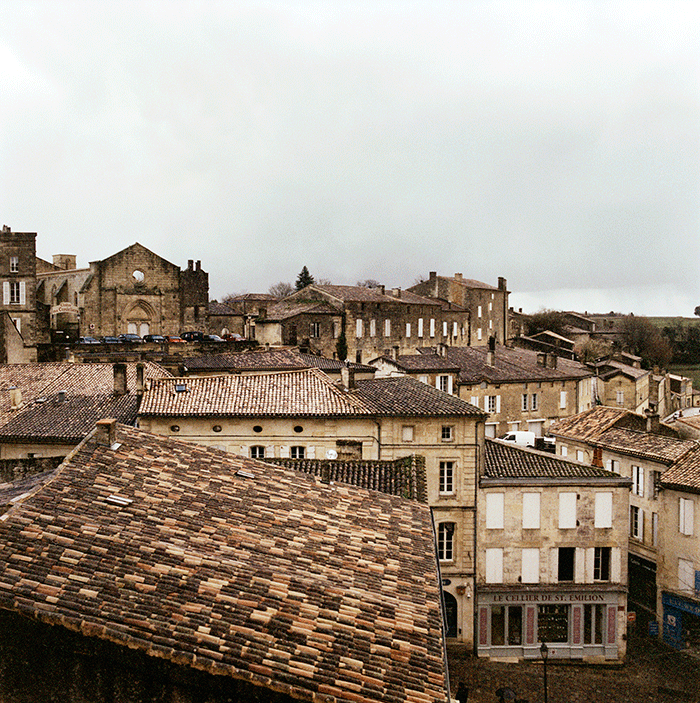2013 Bordeaux: a Cabernet Sauvignon or a Merlot vintage?
Author: Jonathan White
Our morning began with a visit to Moueix, which is always a welcome start to the day given the wide range of wines that are available to taste. (Experience has shown us that putting your palate through its paces first thing is a useful warm-up to the day’s tasting.)
Earlier in the week, we had heard that Merlot had not been a success at most Left Bank properties, and so we were looking forward to our trip to the Right Bank which presented us with an opportunity to sample the success of the Merlot dominated wines. Knowing that Ch. Margaux had discarded all its Merlot left us eager to taste at Ch. Palmer. Here, Thomas Duroux told us that while it had had a very short window to harvest, unlike some other Médoc properties, Palmer’s Merlot is planted on old vines found on gravel soil, so it was able to use enough to contribute 51 percent to the Grand Vin blend. Only 2,800 cases of Ch. Palmer have been made this year, but it was one of our favourite wines of the day, providing a richness of fruit on the palate that some other wines have failed to achieve.
Jean-Michel Laporte didn’t harvest in a hurry at La Conseillante in Pomerol; his Merlot was mature and ready to be picked. He did start to see botrytis however, so selections took place to discard the rotten grapes (a recurring theme, it seems, at Ch. Cheval Blanc and Ch. Figeac in particular) in both the vineyard during green and final harvest and also in the winery. With ripe and healthy berries, he found 2013 to be a comfortable year to make wine. All three aforementioned wines were showing particularly well as a result.
One of the most interesting visits was to Vieux Château Certan. After following strict selections and sampling the results of the different batches, just four of 14 batches of Merlot were used and just half a batch of Cabernet Franc. VCC only decided to make a Grand Vin after the second racking, which was just a month or two ago. This has significantly altered the typical blend found at this property and it is indeed the highest Merlot proportion ever. However, Vieux Chateau Certain certainly shows that good wine can be created, even under the most difficult of circumstances.
The highlights of our second day also include Ch. d’Yquem and Ch. Ausone. In a vintage where aromatic perfume and soft yet rich fruit seem to be part of the tasting notes for all successful wines, this perhaps isn’t surprising, but we haven’t had so much confidence after tasting the Grand Vin at Ausone for many years.
To draw an initial conclusion, 2013 certainly does not appear to simply be a ‘Cabernet Sauvignon or Merlot vintage’. Good terroir (and with the right grapes being planted in the most suitable locations) has been extremely important, and so too has the role of the winemaker. Judging opportune moments to harvest, conducting rigorous selections during green harvests and in the winery, finding the right levels of extraction and even discounting several batches of grapes have been the key factors to most people’s success.



